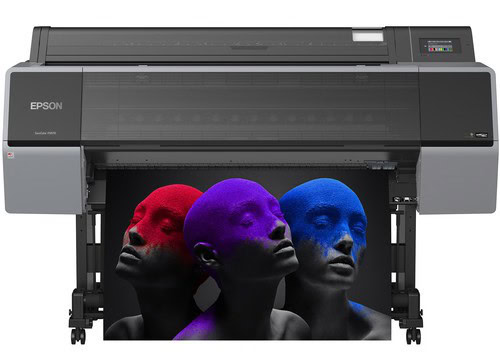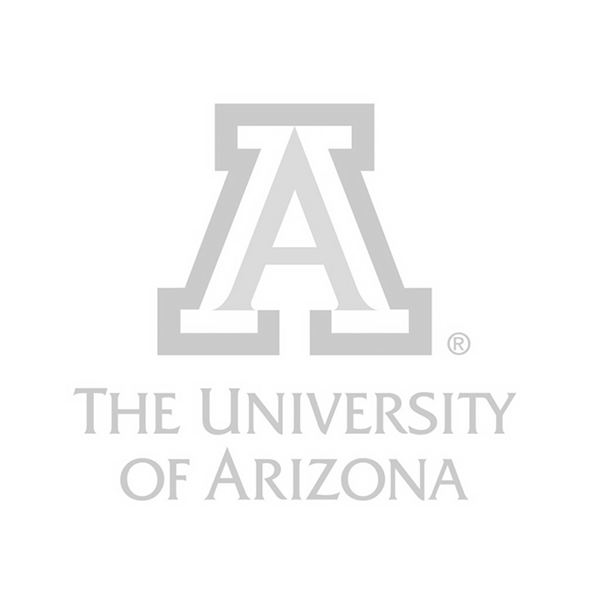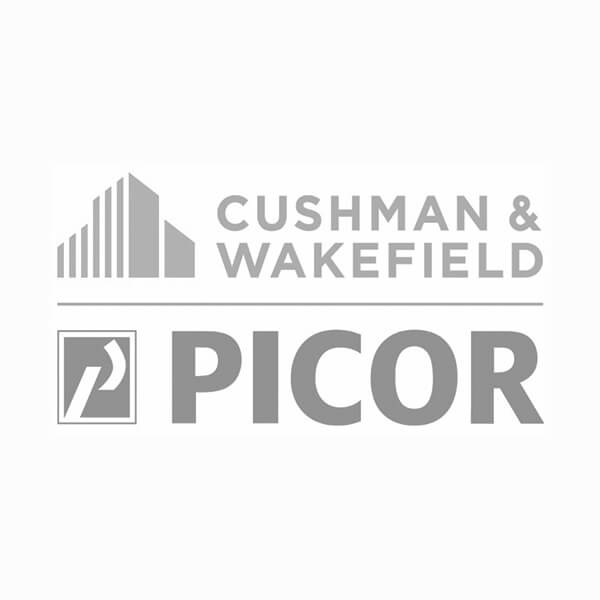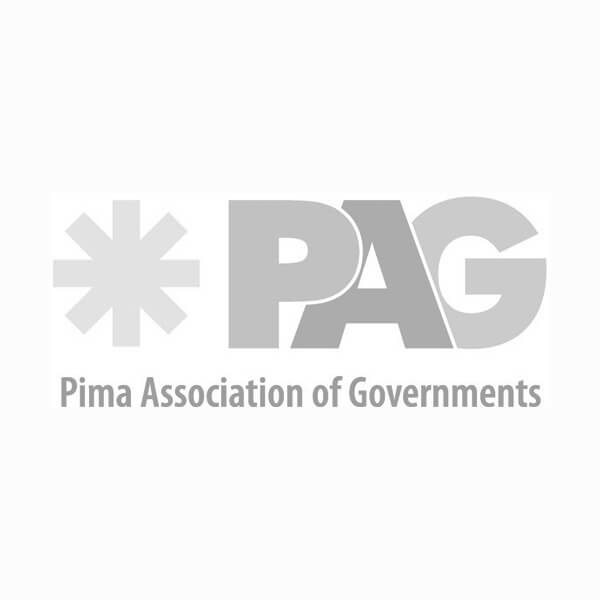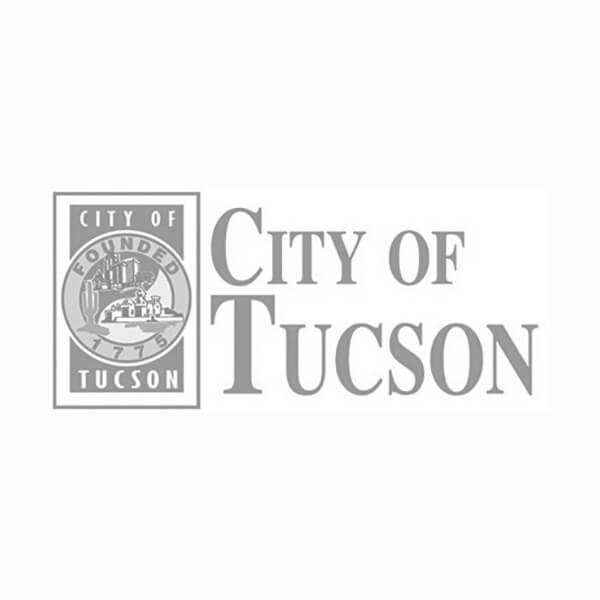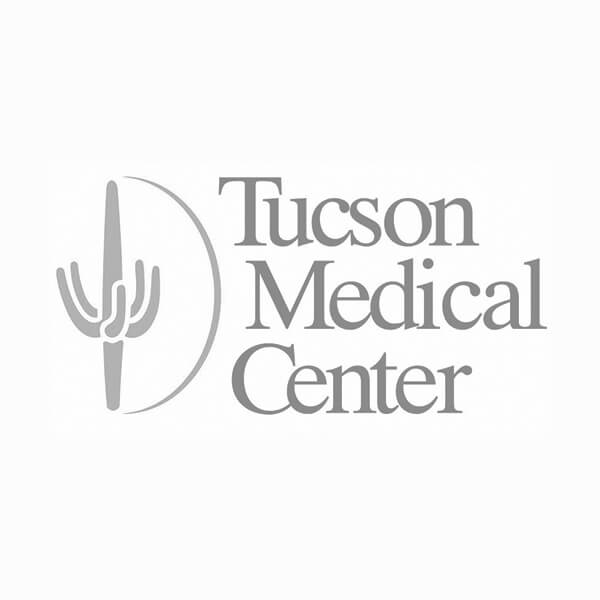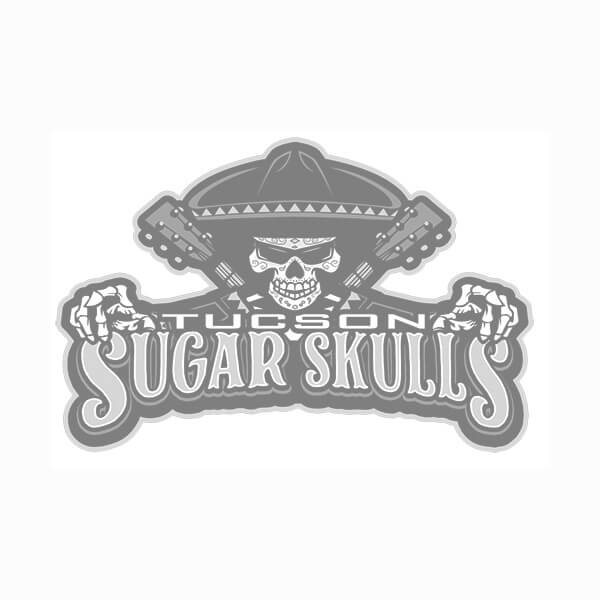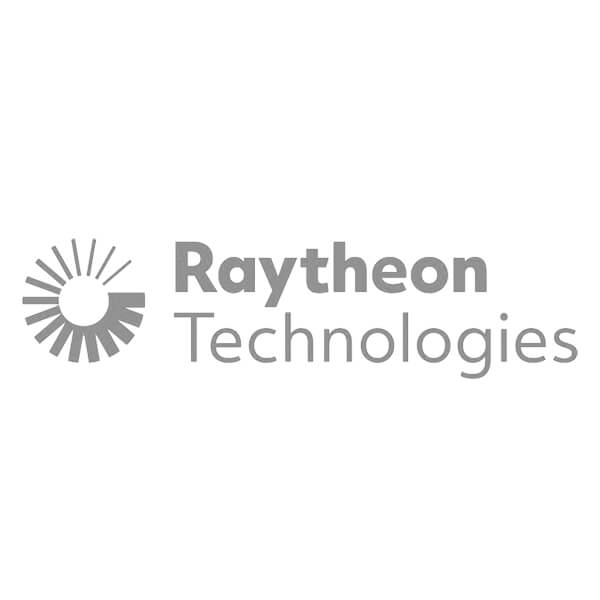What is Giclée Printing?
Giclée printing is a fine-art printing process that involves using high-resolution inkjet printers. The term “giclée” is derived from the French word meaning “to spray,” referring to how the printer disperses ink droplets onto the canvas. At its core, giclée printing aims to produce high-quality reproductions that faithfully capture the nuances of the original artwork.
Key Features of Giclée Printing
High Resolution: Giclée prints are created using a minimum resolution of 300 dots per inch (DPI), ensuring that every detail of the original artwork is preserved.
Twelve-Color Digital Printer: One of the defining characteristics of giclée printing is its use of a twelve-color digital printer. This advanced technology allows for more complex color mixing and gradients compared to traditional four-color (CMYK) or even six-color printers.
Color Gamut: The twelve-color printer can reproduce a wider color gamut, including subtle skin tones and other hues that standard printers often fail to capture. This is critical for artists and photographers aiming for true-to-life reproductions of their work.
Advantages of Giclée Prints
The popularity of giclée printing stems from several advantages that set it apart from other printing methods:
Creative Freedom: Artists can reproduce their work in multiple formats without sacrificing quality. Giclée prints enable them to create limited editions or sell reproductions of their art with confidence in the print quality.
Durability: Giclée prints are made using archival-quality inks and materials, which means they are resistant to fading and can last for decades when properly cared for.
Customization: Because of the digital nature of giclée printing, artists can easily customize sizes and formats for their prints, allowing for unique presentations that suit specific exhibition or client needs.
Comparing Giclée Printing to Other Methods
While giclée printing is revered for its quality, it is important to understand how it stacks up against other printing options, particularly latex printing. This comparison can help artists choose the best method for their needs.
Giclée vs. Latex Printing
Print Quality: Giclée printing excels in color accuracy and detail due to the twelve-color ink system, while latex printing typically uses fewer colors and may not reproduce subtle shades as effectively.
Cost: Latex printing can be less expensive than giclée printing, making it a viable option for artists on a budget. However, for those who prioritize color fidelity and reproduction quality, giclée may justify the higher cost.
Application: While giclée prints are best suited for fine art reproductions, latex prints might be more appropriate for larger-scale projects where cost is a significant consideration, albeit with a slight compromise on quality.
The Importance of Choosing the Right Printer
When it comes to producing high-quality canvas prints, selecting the right printing method is essential. The choice between giclée and latex printing should consider the following factors:
Intended Use: If the prints are for exhibitions or high-end sales, the investment in giclée printing may be worthwhile.
Budget: If working within a tight budget, consider latex printing as a suitable alternative while being aware of its limitations.
Artwork Requirements: For digital art, photography, or original paintings with intricate color palettes, giclée printing is the clear choice for achieving the best results.


